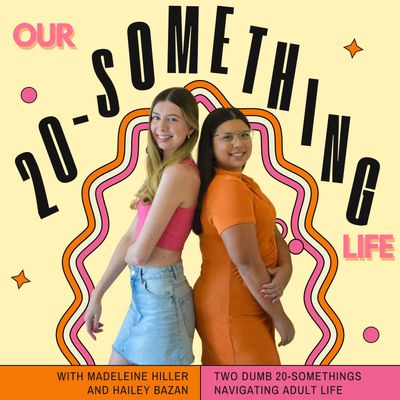
The users get the chance to choose from a variety of theme options to make their RSS widget more visually appealing. Tagembed offers features like wide styling options, a profanity filter, automatic content updates, and a robust team for assisting users if they encounter any issues while using the tool. The best part of the tool is its efficiency to increase the overall impact and look of the widget. Known as one of the most responsive social media aggregator tools, Tagembed allows its users to easily collect, curate, and embed social media feeds on their website from a variety of sources including RSS feeds. Best RSS Feed Examples for Websitesīefore we get on to the different types of examples, we are going to give you a quick sneak peak about Tagembed. Using a responsive aggregation tool like Tagembed, creating and embedding an RSS feed on a website is not a difficult technical task. If you’re a business, using an RSS widget on your website to keep your visitors engaged for longer would be really advantageous. Simply explained, RSS (Really Simple Syndication) or RSS (Rich Site Summary) is a computer-based form that allows website users to get daily updates, news, or other articles linked to the website. You’ll need to change the 'feedname' accordingly, depending on what you want to call your new feed.Collect, Moderate, and Add RSS Feed Examples on Website Try for free What Is RSS Feed? This will initiate the customRSS function on your site. To get started, add the following code snippet: add_action('init', 'customRSS') For instance, you could aggregate content from other blogs, podcasts, or even YouTube channels and display them on your site to increase engagement. You can also feature posts from external sources using our Feedzy plugin. This can be useful if your website caters to multiple niches. If you want to differentiate your content, you can create a custom RSS feed and target specific readers. Note that doing this will only show you the code you need a dedicated news aggregator tool such as Feedly to see it in its full glory.

You should be able to access your site’s feed via /feed.

Visitors who sign up for RSS feeds can use their chosen feed reader to browse content, leave comments, and share posts on social media. There are also other ways to use RSS feeds in WordPress, which we discussed in a previous article. This enables subscribers to keep track of new posts without checking each of their favorite websites manually.

It’s a handy functionality that enables bloggers to share their content on other sites and via feed readers. RSS stands for Really Simple Syndication. Understanding RSS feeds and how they can benefit your site


 0 kommentar(er)
0 kommentar(er)
